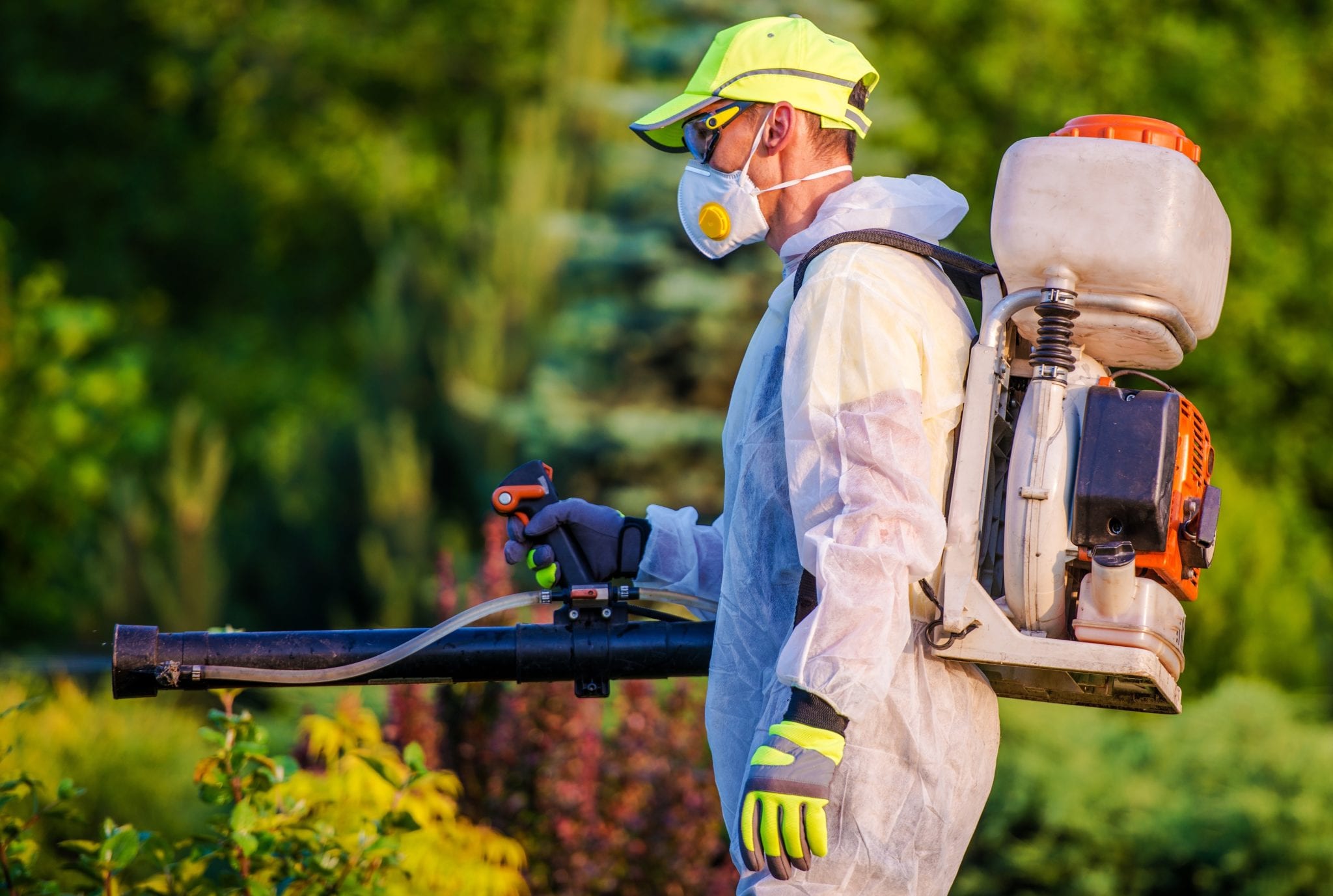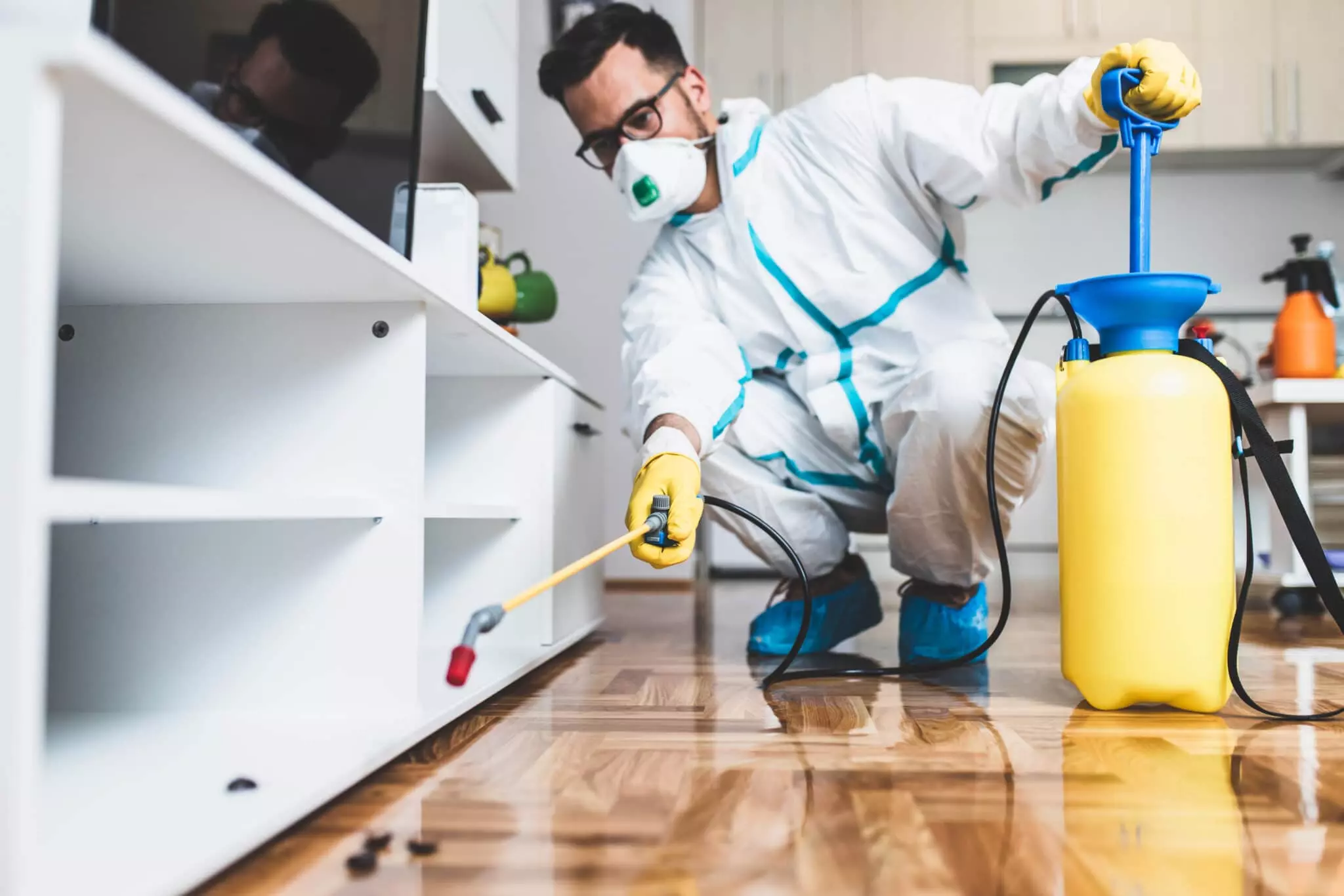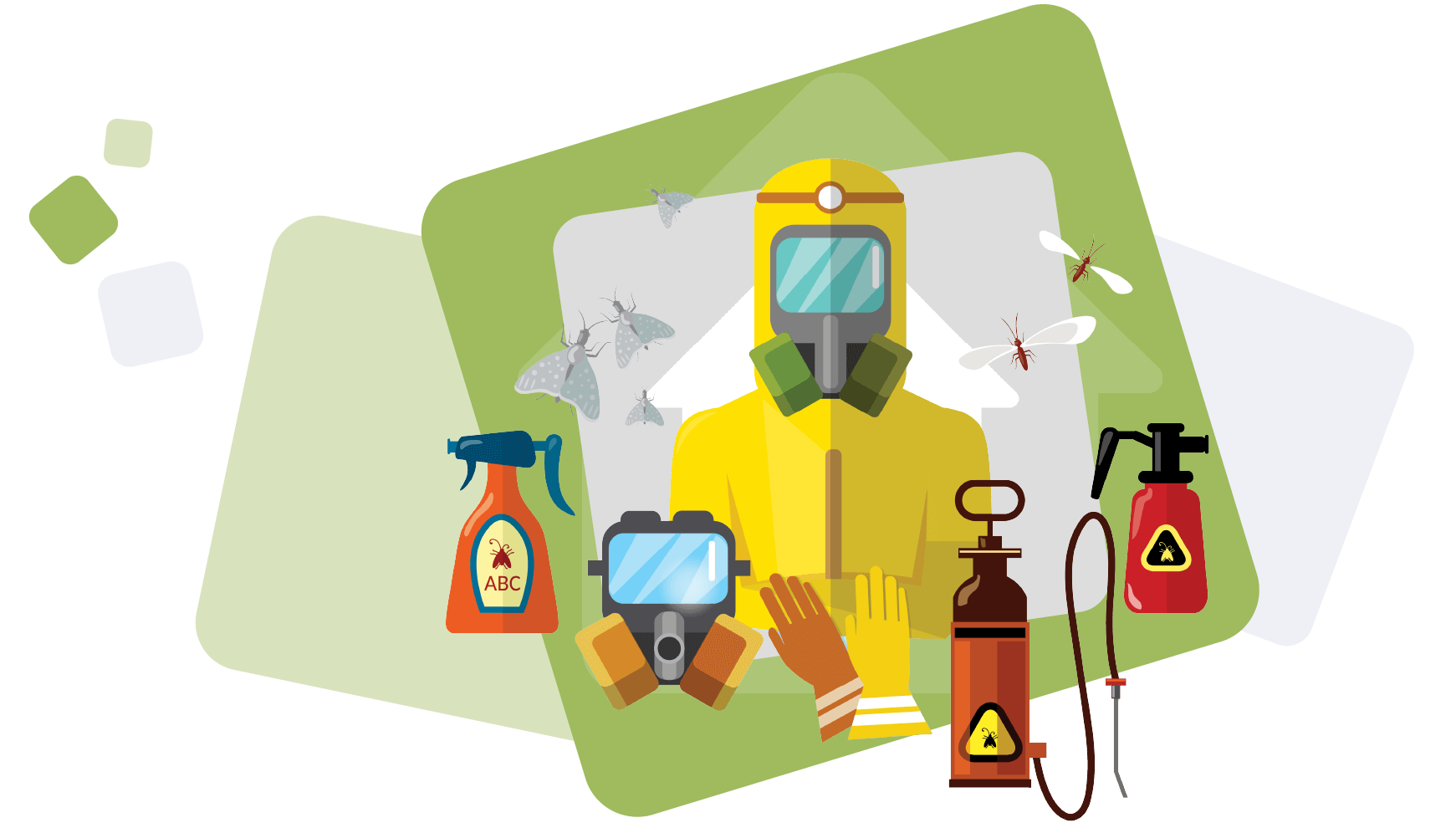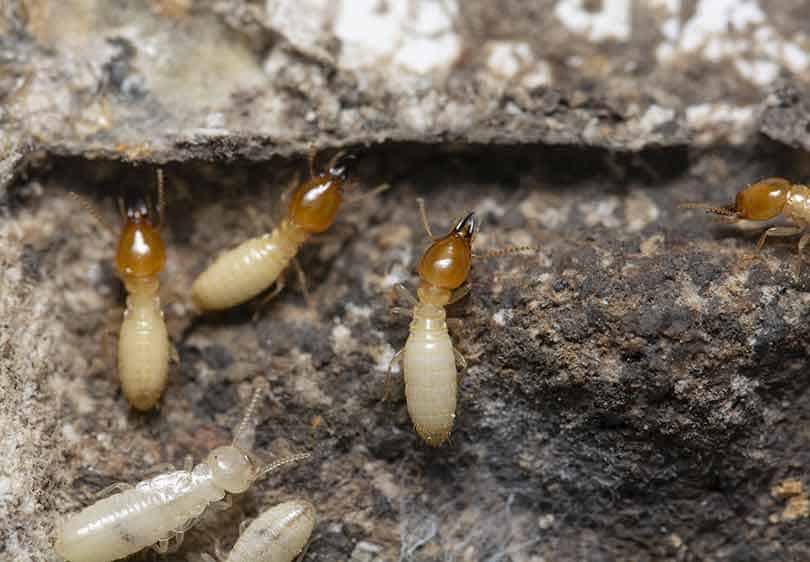Relax Easy with Orem Pest Control: Reliable Protection Versus Pest Intrusions
Relax Easy with Orem Pest Control: Reliable Protection Versus Pest Intrusions
Blog Article
An Understanding Into Numerous Kinds of Pest Control Solutions Available out there
In the realm of bug control solutions, a diverse range of techniques exists to address the persistent difficulty of taking care of undesirable intruders. As bugs proceed to advance and adapt, the requirement for reliable and sustainable insect control procedures comes to be progressively extremely important. Orem Pest Control.
Chemical Sprays
Chemical sprays are frequently made use of in pest control services to properly remove and protect against infestations. These sprays contain different chemicals that target specific bugs, such as pests, rodents, or termites. The active ingredients in these sprays function by disrupting the bugs' nerves, triggering paralysis or fatality upon get in touch with.
Specialist pest control services utilize experienced specialists who recognize the appropriate application of chemical sprays to make sure optimum efficiency while reducing dangers to people, animals, and the atmosphere. These specialists carry out detailed assessments to determine the sort of pest problem and establish one of the most appropriate spray to attend to the issue.
One of the main advantages of using chemical sprays in bug control is their capacity to supply instant results. As soon as used, the spray begins working rapidly, minimizing the population of pests in a prompt fashion. Furthermore, chemical sprays can offer lasting security against future infestations when used routinely as component of a detailed pest administration plan.
Biological Control

Timeless biological control includes presenting natural opponents of the parasite varieties into the atmosphere. These all-natural opponents, such as bloodsuckers, virus, or killers, help control bug populaces by exploiting or contaminating them. This approach is usually used for long-lasting parasite administration and developing an all-natural equilibrium in the ecosystem.
On the other hand, augmentative biological control entails releasing great deals of beneficial organisms, such as predacious insects or nematodes, to control existing pest populations. This approach is extra prompt and can be particularly beneficial in agricultural settings to deal with existing pest infestations.
Biological control approaches are preferred for their ecologically pleasant nature, minimal influence on non-target varieties, and reduced chemical pesticide usage, making them a lasting insect management alternative for numerous industries.
Baits and catches

On the other hand, baits are substances used to bring in insects to a particular area for control objectives. Lures can be infected or non-poisoned, with infected baits being typically utilized for pests like rats, ants, and cockroaches. Non-poisoned lures are frequently used along with catches to tempt pests into the trap for capture. Correct positioning and selection of lures and catches are essential for their performance, making them valuable devices in integrated insect administration techniques. By understanding the habits of the target pest, bug control experts can properly make use of catches and lures to take care of pest infestations efficiently - Orem Pest Control.
Integrated Pest Management
Integrated Parasite Administration (IPM) is a detailed technique that integrates numerous bug control strategies to effectively take care of and eliminate parasites while lessening ecological impact. IPM concentrates on long-term avoidance approaches by considering the biology and habits of pests, as well as the specific setting in which they exist. This approach integrates a range of bug control strategies such as organic control, environment adjustment, modification of cultural techniques, and the use of resistant plant varieties.
One of the crucial principles of IPM is to focus on non-chemical insect control techniques whenever feasible. This may consist of using natural killers to manage pest populaces or executing physical obstacles to avoid infestations. Chemical chemicals are used as a last resort and are applied sensibly to lessen harm to non-target organisms and the surrounding environment.
Heat Treatment
As a corresponding technique to Integrated Bug Monitoring techniques, heat therapy is a targeted method that takes advantage of the power of heats to eliminate parasites properly and efficiently. This technique is particularly helpful in getting rid of bed bugs, termites, and other pests that might be hiding in hard-to-reach locations within a structure. By raising the ambient temperature to levels that are dangerous to the bugs however secure for the building, warm treatment can permeate splits, gaps, and furniture where standard pesticides may not reach.
Throughout a warmth treatment session, customized tools is used to warm the plagued area to temperature levels in between 120 ° F and 140 ° F, a variety understood to eliminate bugs in all life stages. The process typically takes numerous hours, guaranteeing that the heat penetrates deep enough to get rid of the entire pest populace. One of the vital advantages of warm therapy is that it is chemical-free, making it a eco friendly and secure choice for parasite control. In addition, warm therapy is known for its my link ability to give quick results, typically dealing with parasite problems in a single therapy session.
Conclusion

 Having resolved the efficacy of chemical sprays in insect control solutions, the focus currently shifts to organic control approaches as a sustainable choice for managing bug infestations. Catches and lures are vital tools in parasite control services, supplying targeted services for details pests. By recognizing the habits of the target parasite, insect control experts can properly utilize catches and lures to manage bug problems efficiently.
Having resolved the efficacy of chemical sprays in insect control solutions, the focus currently shifts to organic control approaches as a sustainable choice for managing bug infestations. Catches and lures are vital tools in parasite control services, supplying targeted services for details pests. By recognizing the habits of the target parasite, insect control experts can properly utilize catches and lures to manage bug problems efficiently.Integrated Insect Monitoring (IPM) is an extensive strategy that combines different parasite control methods to efficiently handle and eliminate bugs while reducing environmental effect.In final thought, various kinds of parasite control services are offered in the market to resolve different insect invasions.
Report this page